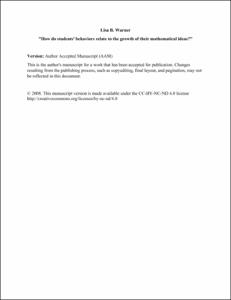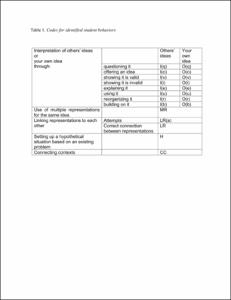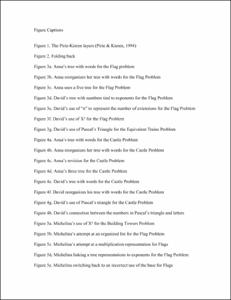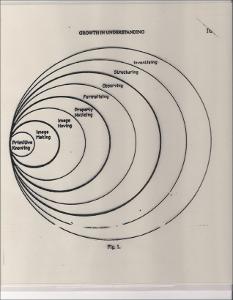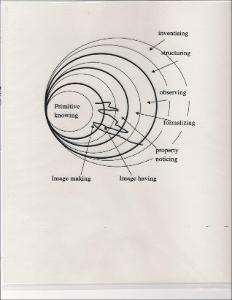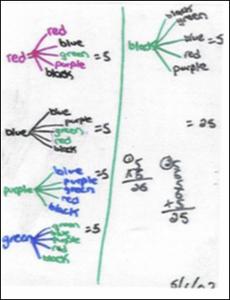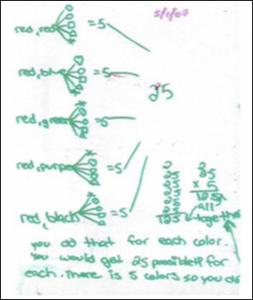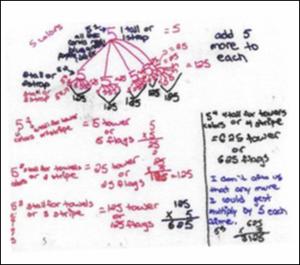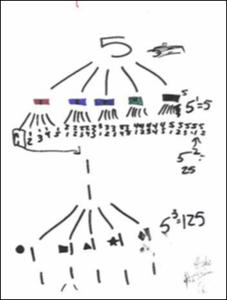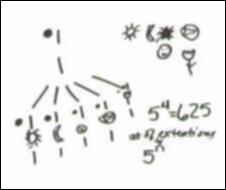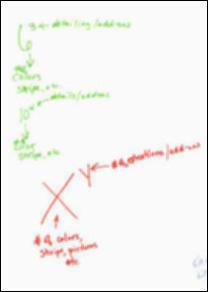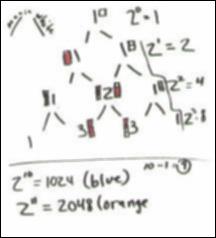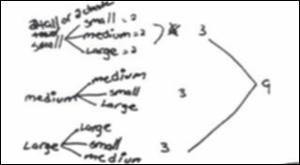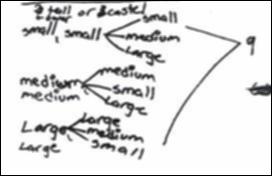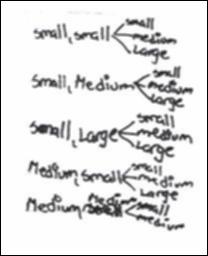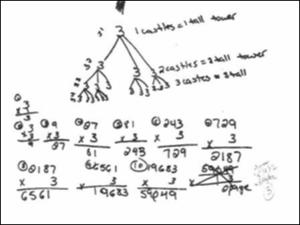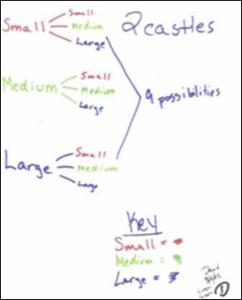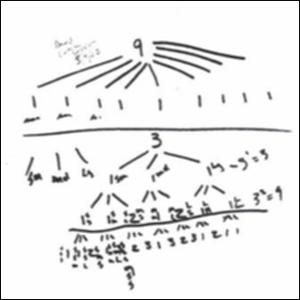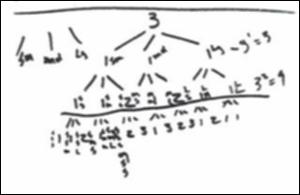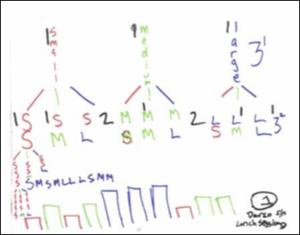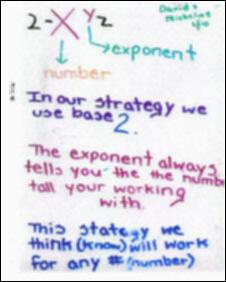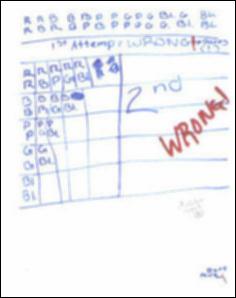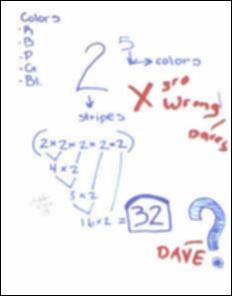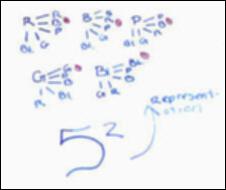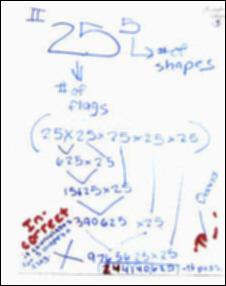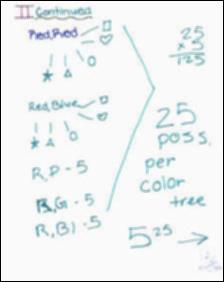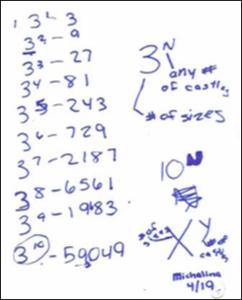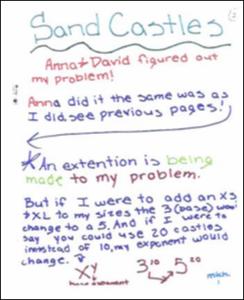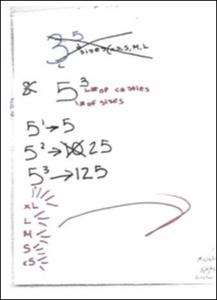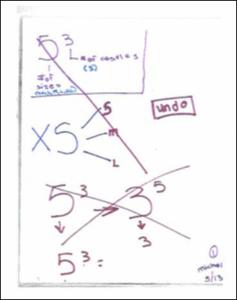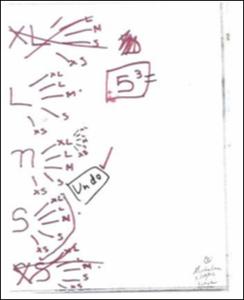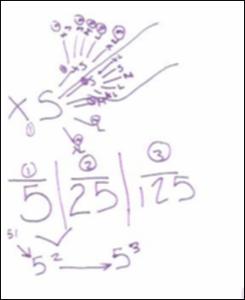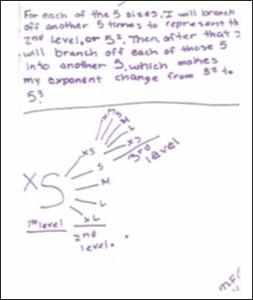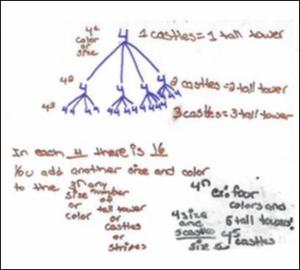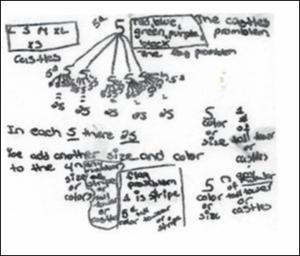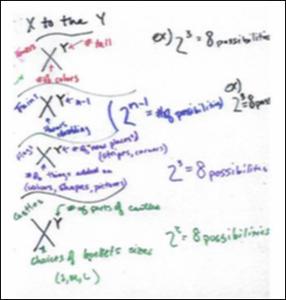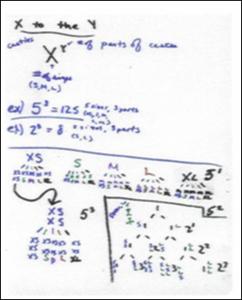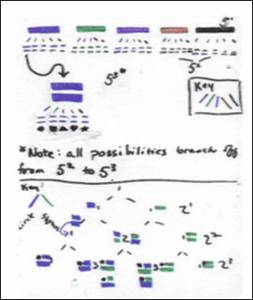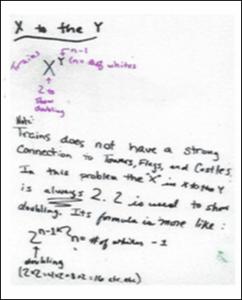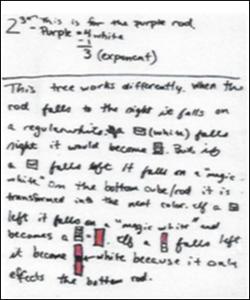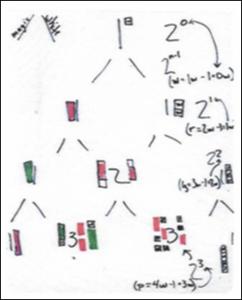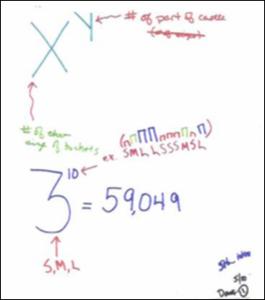Please use this identifier to cite or link to this item:
http://hdl.handle.net/20.500.12164/95Full metadata record
| DC Field | Value | Language |
|---|---|---|
| dc.contributor.author | Warner, Lisa B. | - |
| dc.date.accessioned | 2018-07-19T23:25:47Z | - |
| dc.date.available | 2018-07-19T23:25:47Z | - |
| dc.date.issued | 2008 | - |
| dc.identifier.citation | Warner, L B. (2008). How do students’ behaviors relate to the growth of their mathematical ideas? Journal of Mathematical Behavior, 27 (3), 206-227. doi: 10.1016/j.jmathb.2008.07.002 | en_US |
| dc.identifier.issn | 0732-3123 | - |
| dc.identifier.uri | http://hdl.handle.net/20.500.12164/95 | - |
| dc.description.abstract | The purpose of this study is to analyze the relationship between student behaviors and the growth of mathematical ideas (using the Pirie-Kieren model). This analysis was accomplished through a series of case studies, involving middle school students of varying ability levels, who were investigating a combinatorics problem in after-school problem-solving sessions. The results suggest that certain types of student behaviors appear to be associated with the growth of ideas and emerge in specific patterns. More specifically, as understanding grows, there is a general shift from behaviors such as students questioning each other, explaining and using their own and others’ ideas toward behaviors involving the setting up of hypothetical situations, linking of representations and connecting of contexts. Recognizing that certain types of student behaviors tend to emerge in specific layers of the Pirie-Kieren model can be important in helping us to understand the development of mathematical ideas in children. | en_US |
| dc.language.iso | en_US | en_US |
| dc.publisher | Elsevier | en_US |
| dc.relation.uri | https://doi.org/10.1016/j.jmathb.2008.07.002 | - |
| dc.rights | © 2008. This manuscript version is made available under the CC-BY-NC-ND 4.0 license http://creativecommons.org/licenses/by-nc-nd/4.0 | en_US |
| dc.rights.uri | https://creativecommons.org/licenses/by-nc-nd/4.0/ | - |
| dc.subject | Education | en_US |
| dc.subject.lcsh | Mathematics--Study and teaching | en_US |
| dc.subject.lcsh | Learning, Psychology of | en_US |
| dc.subject.lcsh | Problem solving--Mathematics | en_US |
| dc.title | How do students' behaviors relate to the growth of their mathematical ideas? | en_US |
| dc.type | preprint | en_US |
| dc.description.version | Accepted Manuscript (AM) | en_US |
| Appears in Collections: | Education | |
Files in This Item:
This item is licensed under a Creative Commons License


